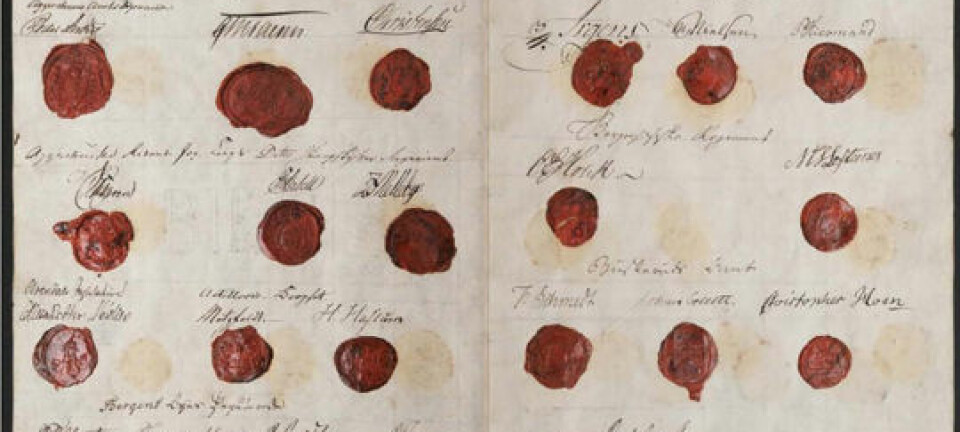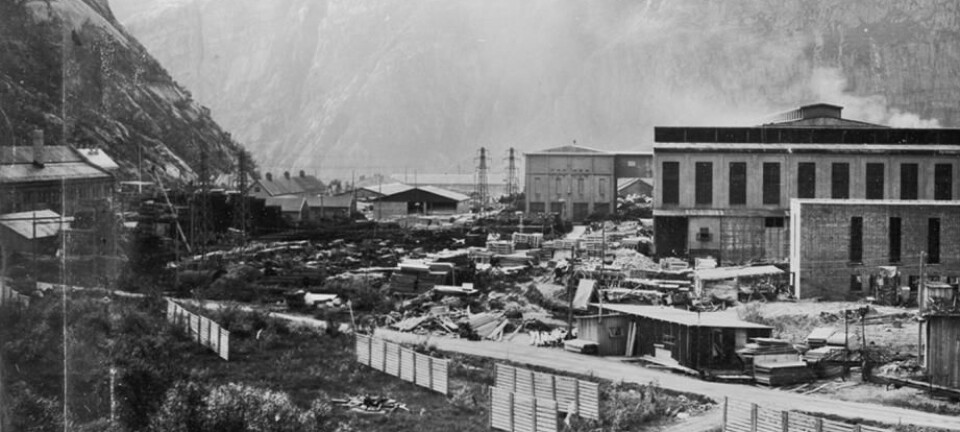
When rebels dressed in national costumes
Today is Norwegian Constitution Day. Dressing up in national costumes is a big part of the traditional celebration. But no more than a hundred years ago, people were spat on for dressing this way.
Denne artikkelen er over ti år gammel og kan inneholde utdatert informasjon.
On this day in 1814 – 200 years ago – members of the National Assembly at Eidsvoll agreed on the final version of the Norwegian Constitution. Norway had then been under Danish rule for over 400 years.
For a very short period, Norway was an independent state, until the Swedish–Norwegian War the summer of 1814. The war resulted in Norway entering into union with Sweden. But this time with its own constitution and parliament. The union lasted until 1905.
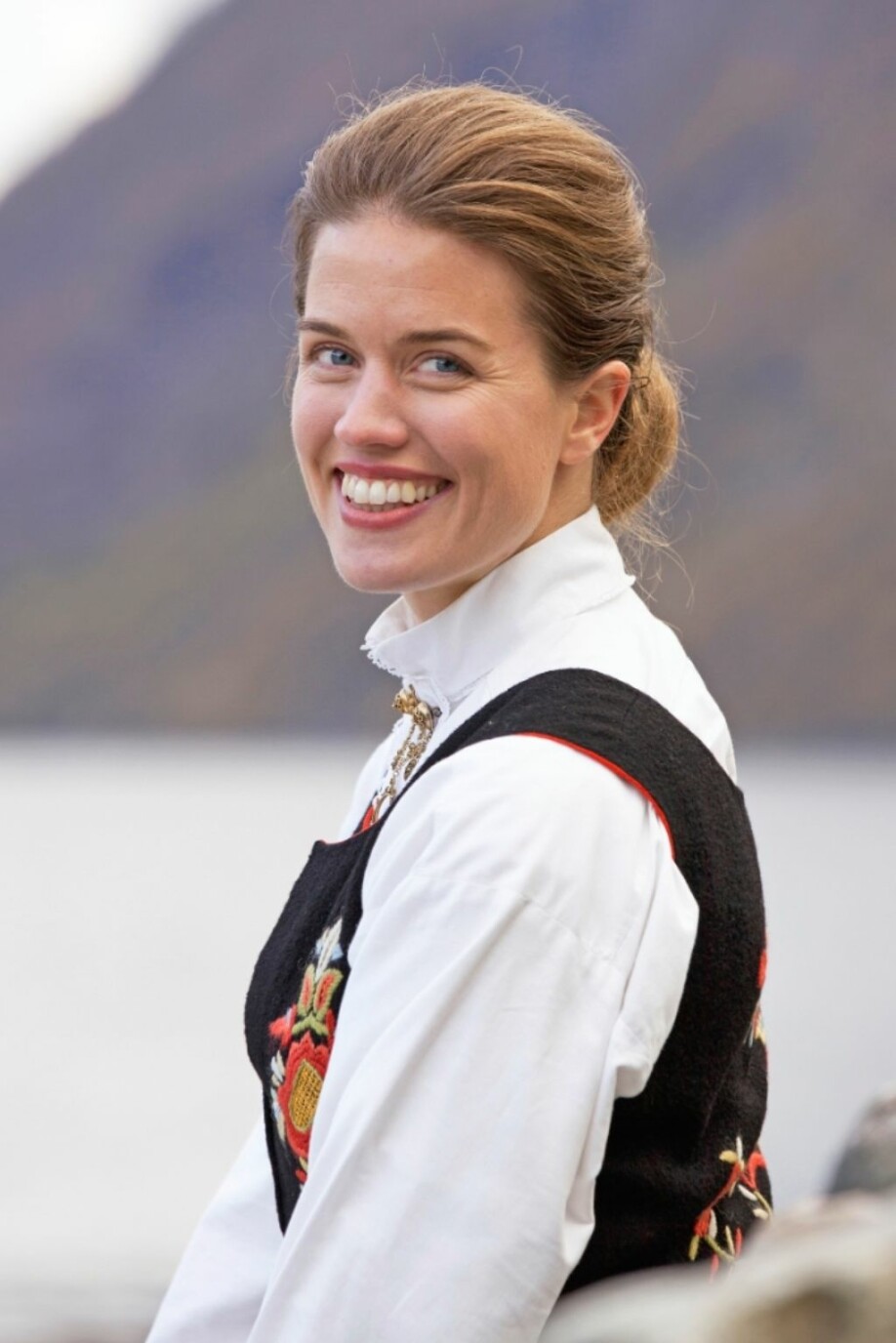
An attack on the union
In the late 1880s, girls at folk high school began using peasant clothing as a symbol of Norwegian identity.
“A this time, wearing these clothing was a rebellious act, and reactions were strong. In cities, the girls were spat on,” Anne Kristin Moe says. She is a cultural historian and curator at the Norwegian Folk Museum and has conducted research on the Norwegian national costumes.
“The fear of peasant culture was the equivalent of today's fear of immigrants. The reintroduction of peasant language and clothing was a clear attack on the elite and the union with Sweden,” says Moe.
As the twentieth century progressed, the national costumes – now known as bunad – became increasingly common. The Norwegian national movement grew. The folk university colleges, the movement for New Norwegian language (Nynorsk), the youth movement and folk dances were in clear opposition to the official culture and powerful influences from abroad.
Hulda Garborg
Hulda Garborg was a radical and an avid proponent of everything Norwegian. She was a central figure in the movement and part of the circle of cultural radicals around the Christiania Workers' Society from the 1880s.
Garborg travelled around the country, teaching people Norwegian folk dancing.
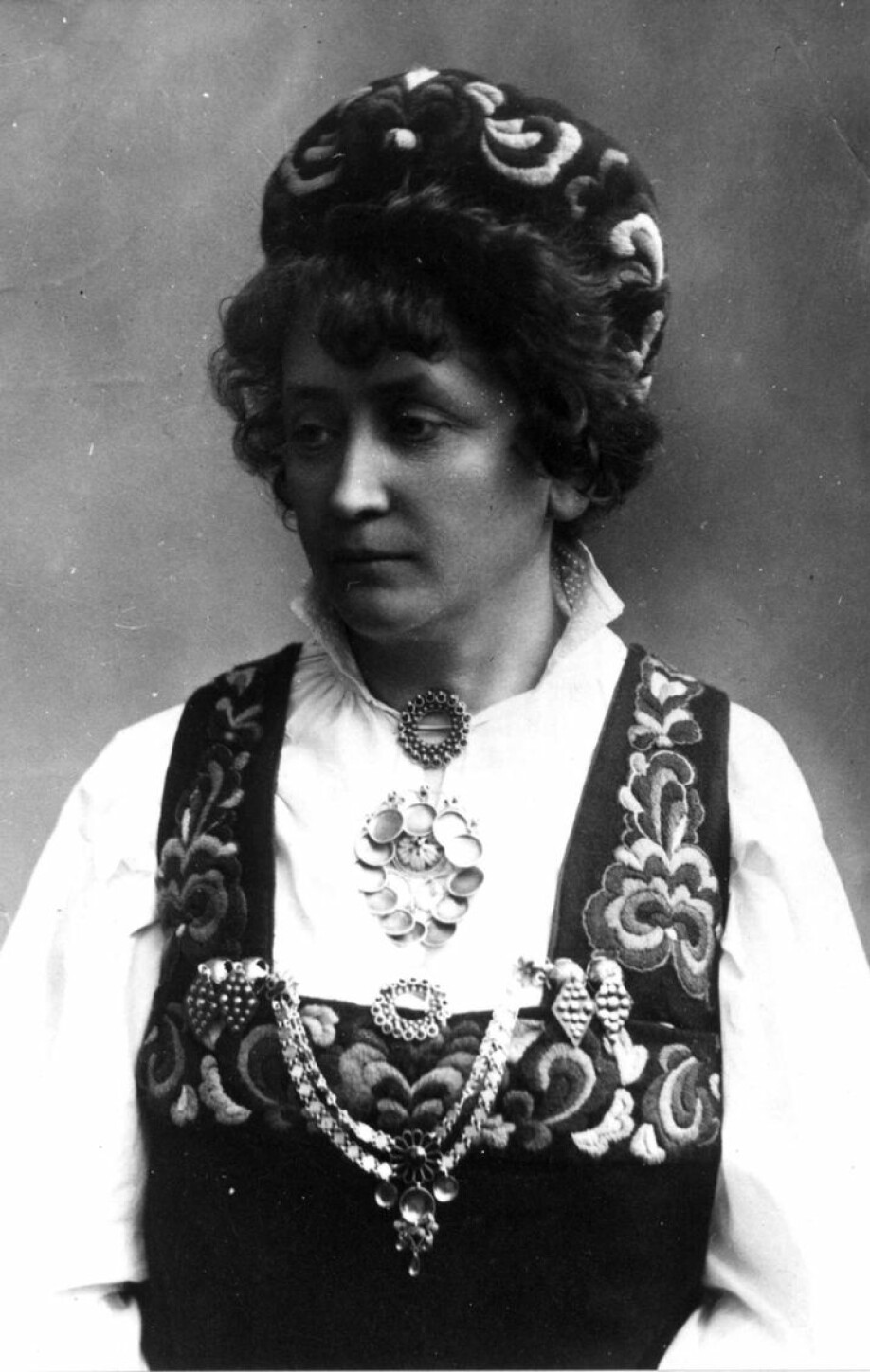
On her travels, she learnt much about traditional costumes. This included clothes for everyday life and for special occasions, and a lot of the clothing was unique to particular geographic areas.
Until then, traditional costumes had lived an anonymous life in the countryside.
A novel construction
Based on a traditional costume from Valdres, Garborg created a completely new garment in 1914. She changed the cut and took embroidery from an old velvet cap. This new costume became very popular.
Garborg was a contemporary trend-setter.
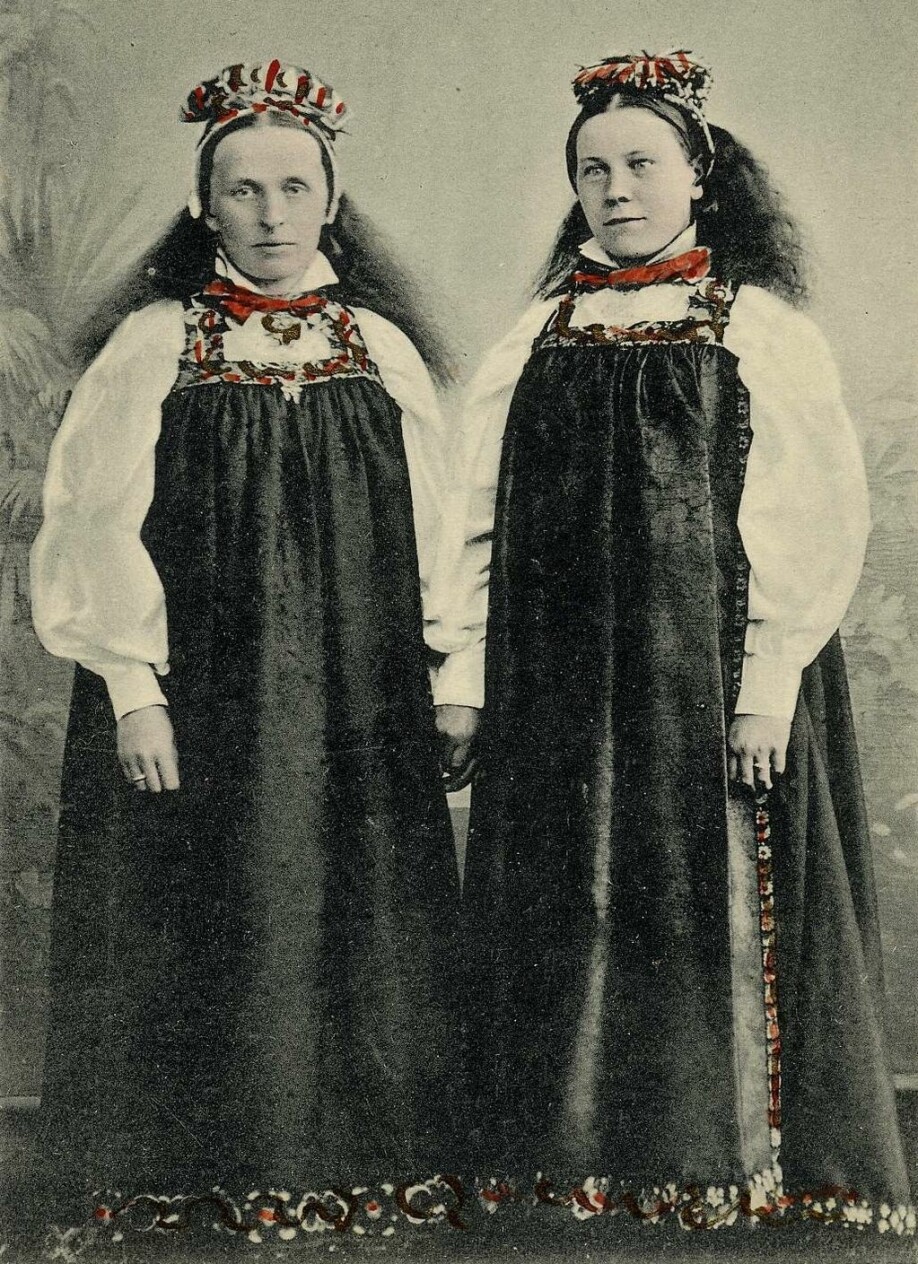
"Even townspeople became interested in outfits inspired by traditional clothes," Moe says. During the 1920s, several new costume designs appeared. They became so popular that more communities wanted their own variants.
A costume for everyone
Garborg wanted the costumes to be a Norwegian alternative to the fashionable dresses from Paris and Rome that had become common. She felt that traditional wear should be made of wool and that the fabrics should be woven in Norway; the colours, she determined, should be made from Norwegian plants.
“Originally there were many imported materials, both cotton and silk, in the folk costumes, but Garborg removed them all. Everything was supposed be produced in Norway”, Moe recounts.
Garborg wanted people to be able to make the costumes themselves.
People wove the fabrics, dyed the yarn and did all the sewing. It took a long time, but it did not cost much.
She also wanted the new costumes to be more than remnants of an old folk culture. They were supposed be innovative and modern, according to cultural historians.
Hundreds of varieties
After the World War II, a new ideology took over the national costumes. Historical accuracy and links to local traditions became important.
Old folk costumes from different places were collected in a more systematic way, and these became the starting points for the new national costumes.
In addition, objects like spoons, ladles and cabinets with rose paints or embroidery provided new inspiration.
Today, there are more than 400 varieties of bunads. They are more popular than ever. Mostly worn at festive occasions, and especially on this very day.
------------
Read the Norwegian version of this article at forskning.no
Translated by: Lars Nygaard








